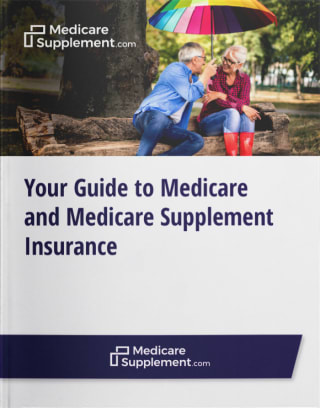The world becomes a little more of a dangerous place the older you get. As your balance, strength, hearing and vision begin to diminish, the number of threats to your personal safety rises.
June is National Safety Month, but senior adults can benefit year-round from some basic safety tips. Whether you’re in the comfort of your own home, driving around town or outside in the elements, there are plenty of things you can do to decrease the risk of injury, illness or worse.

The Risk of Slips and Falls
Falls are the leading cause of both fatal and non-fatal injuries in older adults. But many of these falls can be prevented.
- Linoleum, tile and hardwood floors can be slippery, and thick carpeting can snag a cane or walker and lead to a fall. Short carpeting is often best for seniors.
- Any ramps that have replaced stairs should feature a nonslip surface and not be too steep.
- Walkways and floors should be kept free of clutter.
- Handrails on stairways should be strong enough to support the full weight of an adult.
- Rugs, doormats and runners should be secured to the floor with double-sided sticky tape or rubber matting.
- Use nightlights in the bedroom, hallway and bathroom.
- Handrails should be installed in the shower/bathtub and along the sides of the toilet.
Consider using a medical alert device.
Weather Safety
Snow, ice, rain, wind and extreme temperatures can be dangerous to anyone, especially older adults.
- Keep a corded phone in the home. Cordless phones may not work if the electricity goes out, and cellular phones may not work if a cell tower is damaged by a storm.
- Keep at least a week’s supply of non-perishable food on hand.
- Shoveling snow is more dangerous for older adults than many people may realize. The act of shoveling increases your heart rate and blood pressure, while the cold air constricts blood vessels and slows oxygen to the heart. This combination sets up an increased risk of a heart attack.
- Older adults can be at an increased risk for frostbite as blood circulation slows. Cover up all parts of the body when going outside in extreme cold, and watch for skin that appears white in color, waxy in texture or goes numb.
- Salt porches, steps and driveways prior to a snow or ice precipitation.
- If you use a cane, consider an icepick attachment.
- Dehydration poses a serious threat to seniors. Use large cups of water to limit the number of times you have to get up to refill it and maintain steady drinking throughout the day. Limit caffeine and alcohol intake.




